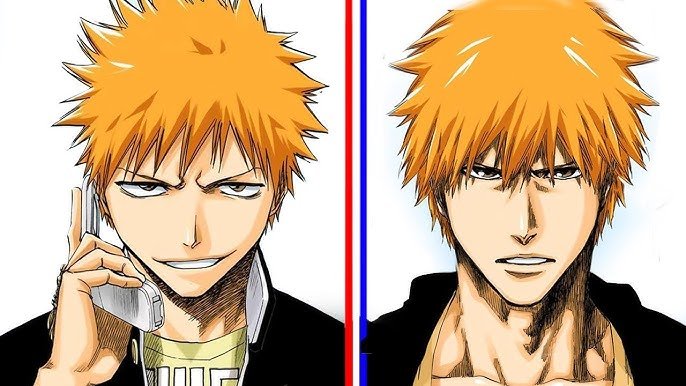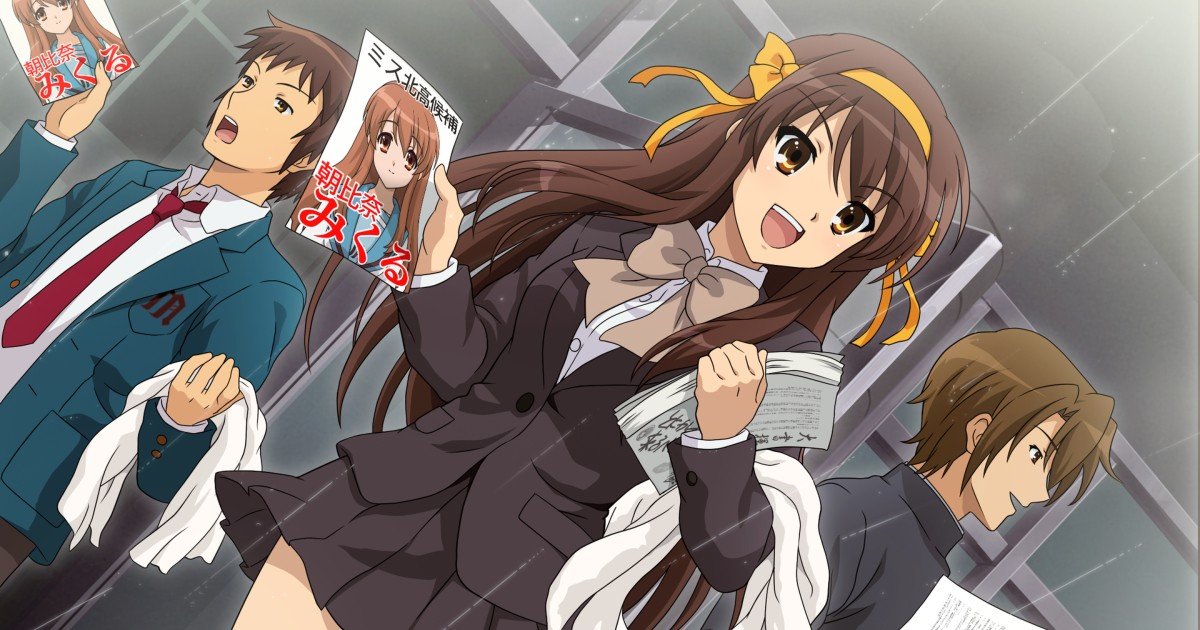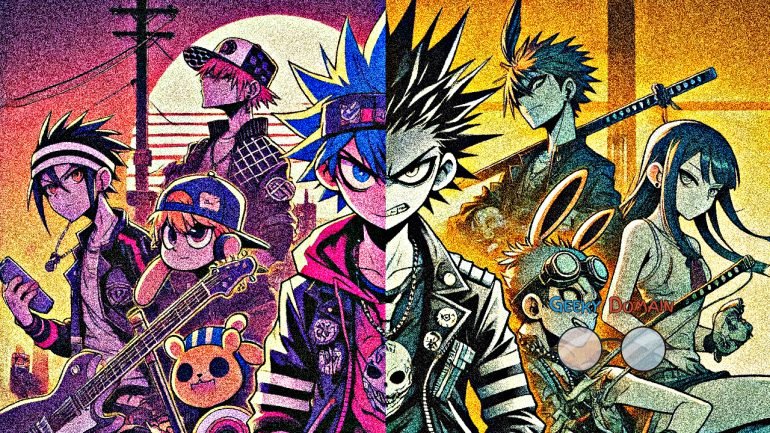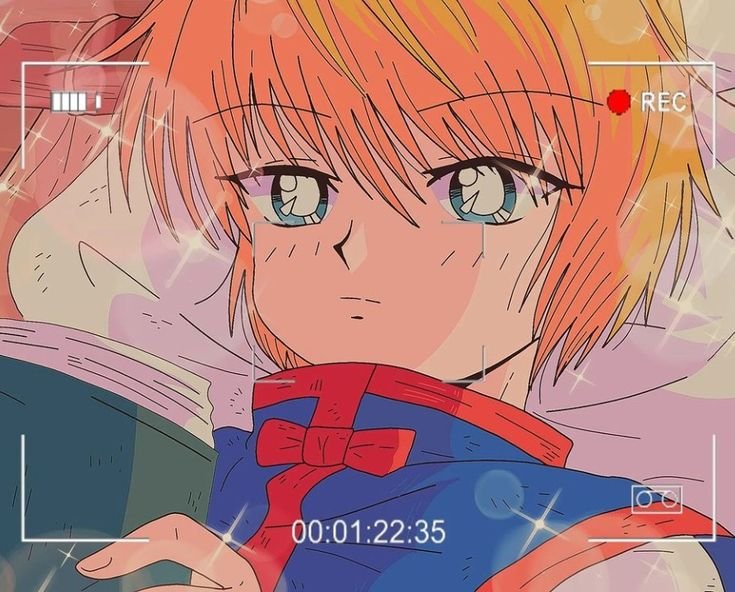Anime cartoons have a rich history and have evolved in many ways over time. From their early beginnings to the colorful and diverse shows we see today, anime has continuously transformed. How anime cartoons have changed over time is a fascinating topic, as it reflects shifts in technology, culture, and storytelling. In this post, we will explore how anime has changed, including changes in animation techniques, story themes, and audience appeal.
The Early Years of Anime
Anime began in Japan in the early 20th century. The first anime cartoons were very simple and lacked the smooth animation we see today. Early anime was influenced by the techniques used in Western cartoons. For example, Astro Boy (1963), created by Osamu Tezuka, was one of the first anime to gain popularity both in Japan and abroad. The animation style was basic but groundbreaking at the time. This period of anime focused mainly on introducing characters, basic plots, and making the animation process more efficient.
Transition from Hand-Drawn to Digital Animation
In the 1980s and 1990s, anime cartoons started to evolve more quickly. One major change was the shift from hand-drawn animation to digital animation. Digital tools allowed animators to create smoother and more vibrant visuals. Shows like Dragon Ball Z and Sailor Moon helped popularize anime worldwide. These shows featured more dynamic action scenes and better color quality, which made the anime experience even more exciting for viewers.
Why This Shift Happened
The transition from hand-drawn to digital animation made it easier and faster to produce anime. With digital tools, animators could experiment with new styles, complex backgrounds, and special effects. This also helped anime shows become more accessible to a global audience, as the quality of animation improved.
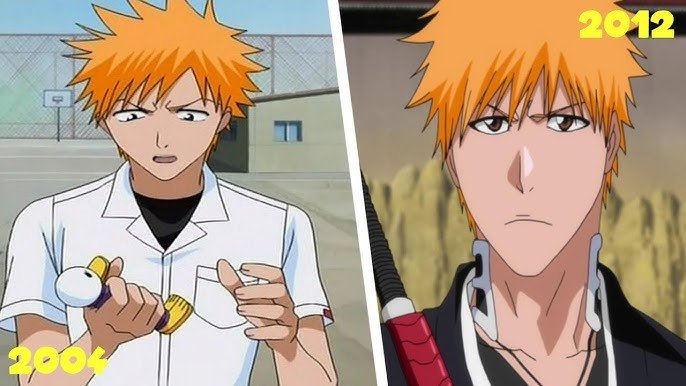
Changing Storylines and Themes
Anime cartoons have also changed in terms of the stories they tell. In the past, most anime focused on simple, action-packed plots aimed at kids. However, over time, anime creators began exploring more mature themes and complex storylines.
From Kids’ Stories to Mature Themes
Anime like Pokémon and Dragon Ball targeted younger audiences, while shows like Neon Genesis Evangelion and Ghost in the Shell explored deeper, more philosophical themes. These changes opened the door for anime to attract older viewers, including teens and adults. As a result, anime grew to cover a wide range of genres, from romance and fantasy to science fiction and psychological thrillers.
How This Shift Changed Anime
This shift in themes reflected changes in society and the growing influence of anime as a form of art. Writers and directors wanted to create anime that could appeal to a broader audience. They introduced complex characters and emotional story arcs that pushed the boundaries of what anime could achieve.
How Anime Cartoons Have Changed in Popularity
Over time, anime has gone from a niche interest in Japan to a global phenomenon. Today, anime is widely popular in countries all over the world. Streaming services like Netflix and Crunchyroll have made it easier for fans from different countries to access anime. This global reach has made anime even more diverse and influential.
The Rise of Online Platforms
The rise of online platforms and streaming services is one of the most significant factors in how anime cartoons have changed. Fans no longer need to wait for episodes on TV or buy expensive DVDs. With the click of a button, they can access a massive library of anime, from the classics to the newest releases.
The Impact of Online Communities
In addition to streaming services, online communities have played a big role in spreading anime worldwide. Websites, forums, and social media allow fans to share their love for anime, create fan art, and discuss their favorite shows. These communities have helped anime gain even more popularity, especially among young people who enjoy connecting with others who share the same interests.
The Future of Anime
Looking ahead, anime will continue to evolve. New animation techniques, including 3D animation, are starting to be used more frequently. Additionally, as anime continues to gain popularity outside of Japan, creators may explore even more diverse stories that appeal to global audiences. Fans can expect to see anime exploring new genres and innovative ways to tell stories.
Conclusion
In conclusion, how anime cartoons have changed over time is a story of innovation, creativity, and global influence. From its humble beginnings with simple animation and basic plots, anime has transformed into a dynamic and diverse art form. Whether through advancements in animation technology, the exploration of more mature themes, or the rise of global fandoms, anime continues to evolve and captivate audiences. As technology and storytelling techniques improve, we can only imagine how anime will continue to grow in the future.







